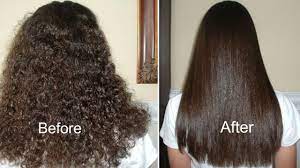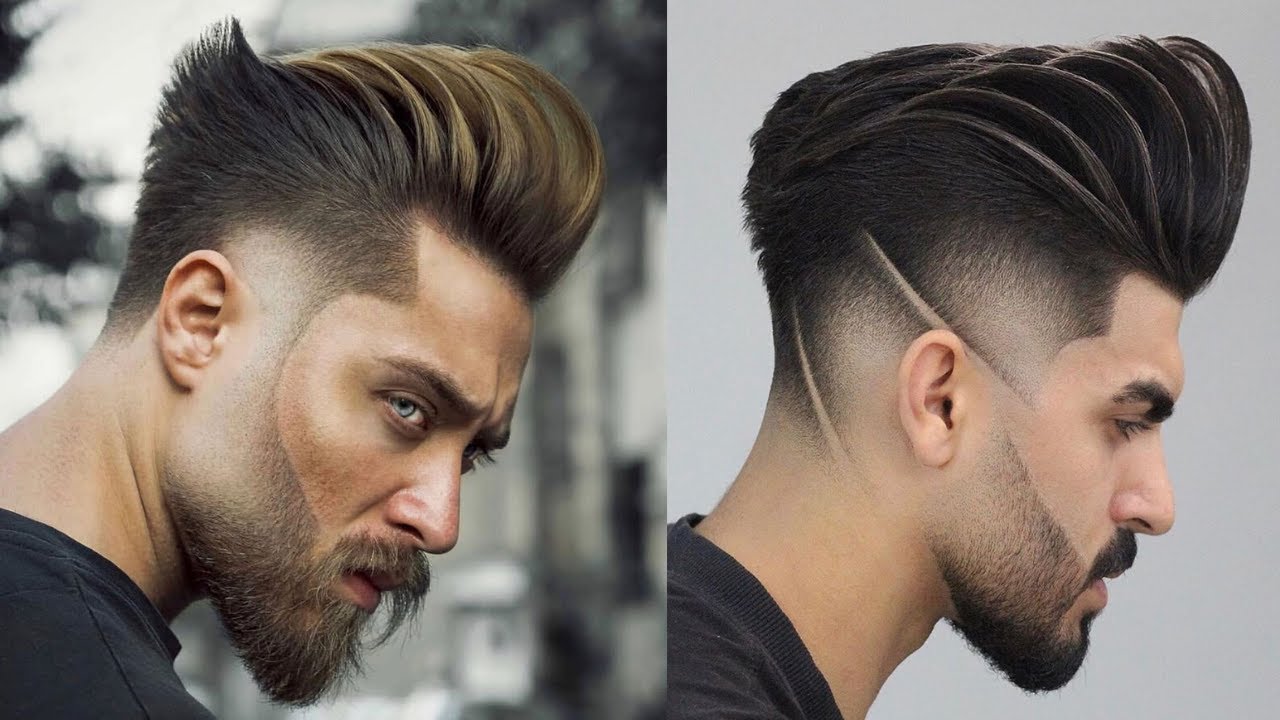
Repetition of heat styling tools and chemical hair treatments may leave your strands looking dry and brittle, but make sure to create an effortless, straight, and sleek look! Follow these seven easy straightening methods to straighten your strands quickly without damaging them.
Straightening hair with a hot iron can damage strands. But with the appropriate heat protectant sprays available at most general and beauty stores, you can minimize this damage and help your strands appear healthier and sleek. Heat protection sprays come in spray form. Before applying your iron to wet or dry hair, use a heat protectant to spray generous amounts over it and let air or blow dryer drying complete its job before styling your locks. Straightening wet hair heats the moisture particles inside the strand quickly, leading to frizz, dullness, and split ends on damaged strands. Heat protectants are designed to slow this internal heating process by coating the cuticle of hair strands with a protective barrier. It is essential to consider its texture and fullness to select an effective heat protectant for your hair type. Thin, straight strands would benefit from using lightweight products, while curlier or wavy locks may need something with more nourishing components for protection against heat styling.
Straightening all at once can cause lasting damage. Instead, divide your locks into sections for easier management and health protection. Breaking up each section into parts will make the job of straightening easier while simultaneously helping avoid damage to your locks.
Initial Step: Divide Your hair into Two Sections By Parting From Above One Ear To Above the Other Ear and taking two steps forward from there:
– First, part your hair into two sections by making a parting at one ear point to another ear point, taking off both bottom layers before clipping them out of the way.
– Next, move on to the top section and separate it from the rest by combing forward and then fastening with a hair tie or butterfly clip.
One option for straightening hair without using heat is the flat wrapping technique. Comb your dull hair, wrap it around your head, and sleep with a silk scarf or bonnet over it overnight to prevent frizz while sleeping – giving you silkier and straighter locks in the morning!
Straightening hair requires several methods that you can employ to achieve the look that you want without damaging it, using products and techniques designed specifically to keep it looking silky smooth throughout the day! With these strategies in place, your locks will always look their best!
A keratin treatment is one of the best ways to straighten your hair without damaging it. This procedure works by applying a protective layer of keratin onto your locks, helping protect you from heat damage while reducing frizz and creating sleek, glossy locks!
One way to straighten your hair without damaging it is using a flat iron that doesn’t get too hot. Most straighteners reach temperatures as high as 400 degrees; however, you should get similar results with a flat iron heated only up to around 310 degrees. Furthermore, wet hair should never be straightened since this could result in further breakage of its strands and may lead to further breakages and damage.
Try applying some finishing product for long-lasting shine and sleekness in straight hair. Honey-infused hair oil or lightweight hairspray could protect it from heat damage while keeping its look smooth and sleek. Before attempting to straighten your hair, be sure that it is scorched. Straightening wet locks could damage their structure and leave them looking oily.
Dividing your hair into sections that a flat iron can quickly pass over is crucial in straightening it swiftly and efficiently. Working in smaller areas will enable you to do it much more quickly and effectively; additionally, using a comb may help clear away stubborn strands more effectively. Lastly, using a keratin treatment may help prolong straightening efforts if your locks are particularly curly or resistant to straightening; this is an ideal option if your locks require constant work to maintain straightness.

